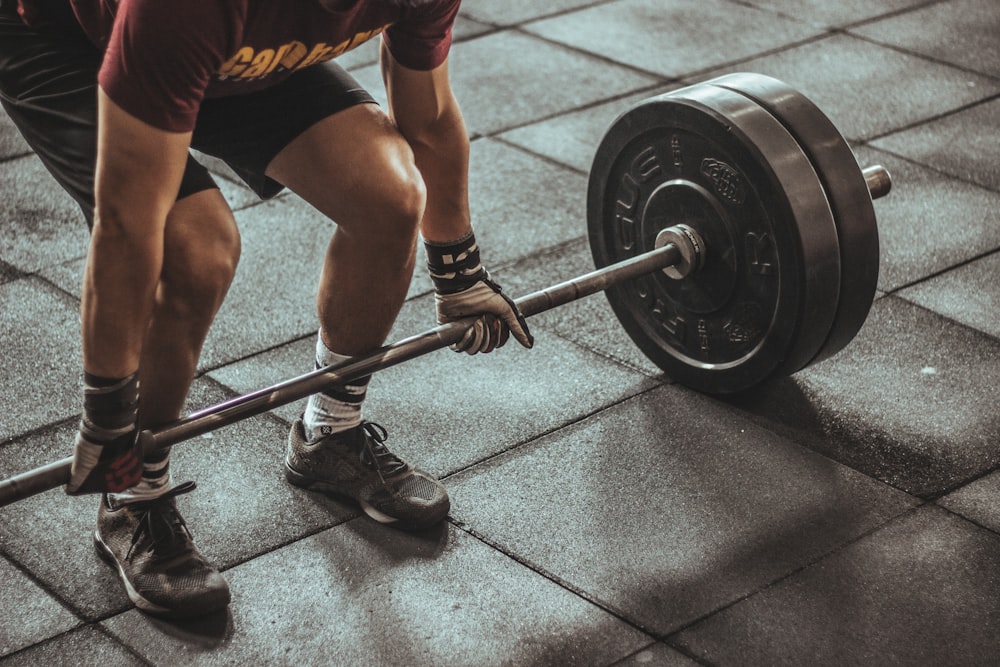
Core Conditioning Ultimate Full Body Plank Workout
Mastering the Plank Challenge: A Full-Body Fitness Regimen
Introduction
In the realm of fitness, few exercises rival the effectiveness of the plank. This simple yet powerful movement targets multiple muscle groups simultaneously, offering a comprehensive full-body workout. Whether you’re a beginner or an experienced athlete, mastering the plank challenge can take your fitness journey to new heights.
Understanding the Plank Exercise
The plank exercise is a static hold that requires maintaining a straight line from head to heels while supporting your body weight on your forearms and toes. While it primarily targets the core muscles, including the abdominals and obliques, it also engages the muscles of the arms, shoulders, back, and legs, making it a true full-body exercise.
Building Core Strength and Stability
At its core (pun intended), the plank is an excellent tool for building core strength and stability. By holding a plank position for an extended period, you engage the deep abdominal muscles, which are essential for maintaining proper posture, preventing lower back pain, and improving overall functional movement.
Engaging the Upper Body Muscles
While the focus of the plank exercise is on the core, it also engages the muscles of the upper body, including the arms, shoulders, and chest. As you support your body weight on your forearms, these muscles work to stabilize the shoulders and maintain proper alignment, leading to increased strength and endurance over time.
Activating the Lower Body Muscles
Although the plank is primarily a core exercise, it also activates the muscles of the lower body, including the quadriceps, hamstrings, and calves. By holding a plank position, you engage these muscles to support your body weight and maintain stability, leading to improved strength and endurance in the legs.
Benefits of the Plank Challenge
The plank challenge offers a multitude of benefits beyond just building strength and stability. It can also improve posture, enhance balance and coordination, and even help prevent injuries by strengthening the muscles that support the spine and pelvis.
Variations for Progression
To keep your plank routine challenging and prevent plateaus, there are numerous variations you can incorporate into your workouts. These include side planks, plank with leg lifts, plank reaches, and plank rotations, each targeting different muscle groups and adding variety to your routine.
Tips for Success
To get the most out of your plank challenge, it’s essential to focus on proper form and technique. Start by ensuring your body is in a straight line from head to heels, with your core engaged and your elbows directly beneath your shoulders. Additionally, remember to breathe deeply and evenly throughout the exercise to maintain control and stability.
Incorporating Planks Into Your Routine
Whether you prefer to do planks as part of a full-body workout or incorporate them into your daily routine, there are countless ways to make them work for you. Aim to include planks in your workouts several times per week, gradually increasing the duration and intensity as you progress. Additionally, consider combining planks with other exercises to create a well-rounded fitness regimen.
Tracking Your Progress
As with any fitness challenge, tracking your progress is key to staying motivated and seeing results. Keep a log of your plank times, noting any improvements in endurance and form over time. Celebrate your achievements along the way, and don’t be afraid to set new goals to keep pushing yourself further. Read more about 1 exercise that works the whole body


